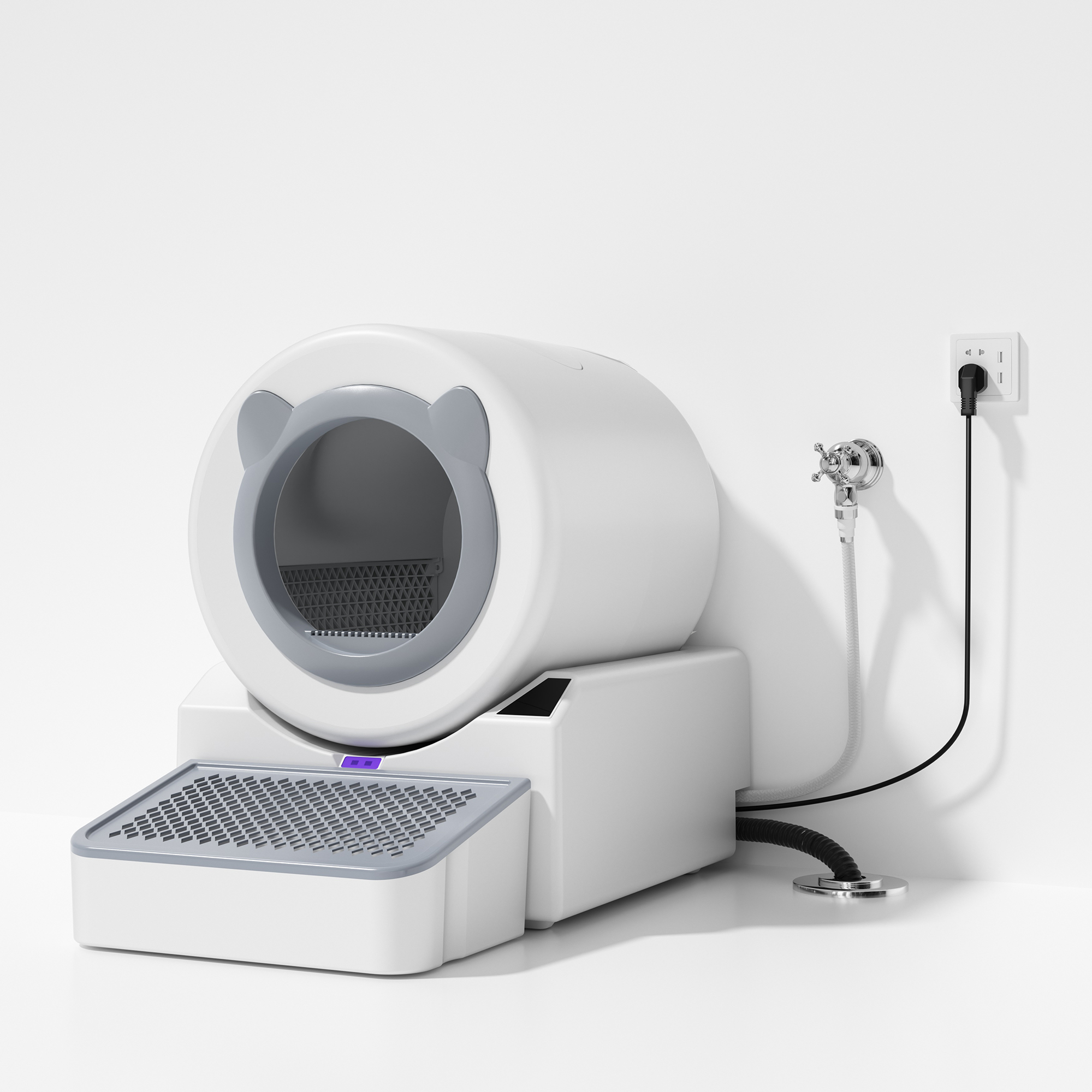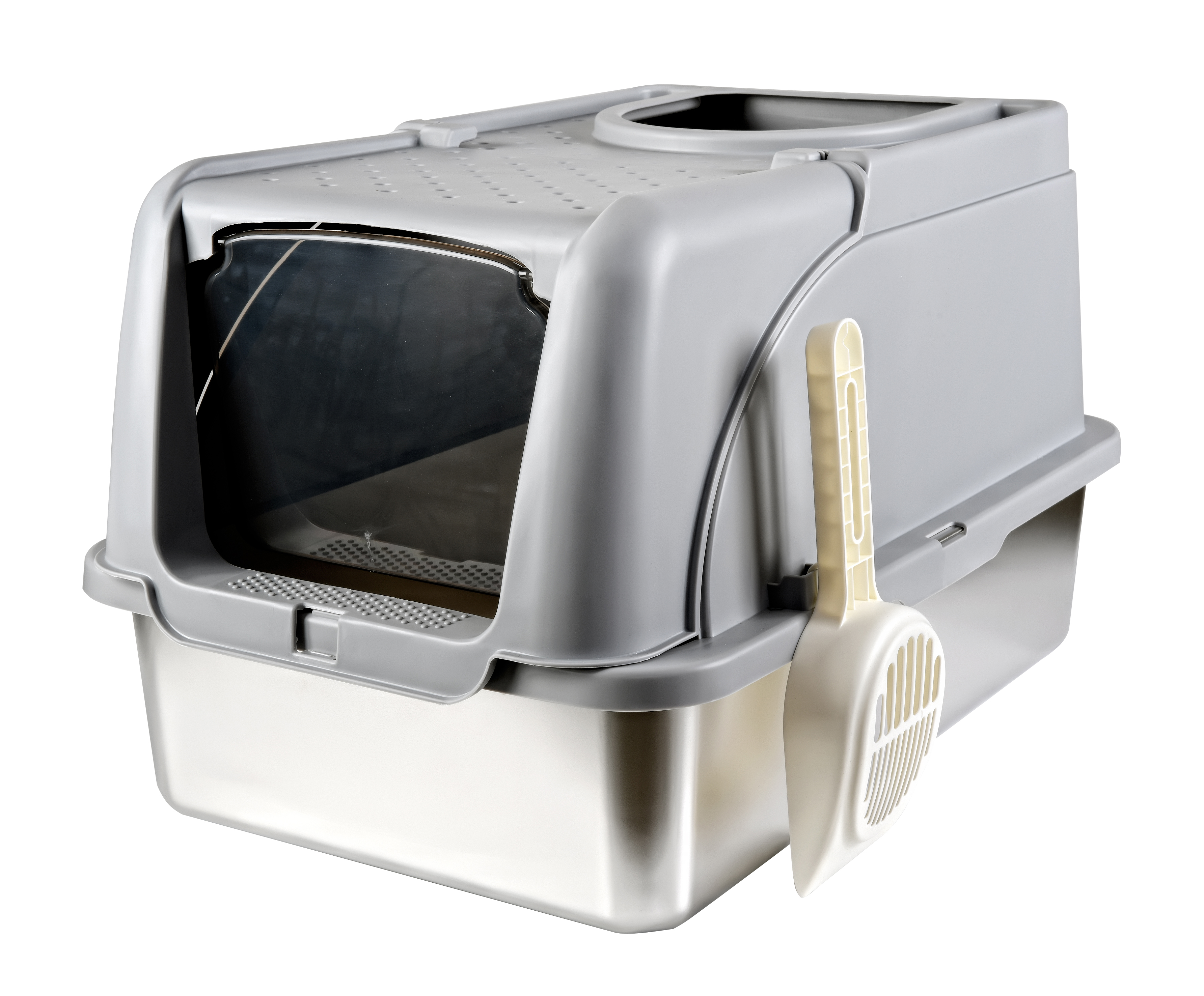Recommended Products
Why Isn't My Cat Using the Litter Box? 5 Possible Reasons
According to the ASPCA, inappropriate elimination (urinating outside the litter box) is the most common behavioral problem reported by pet owners, affecting about 10% of cats at some point in their lives. Any change in a cat's bathroom habits can be concerning, not to mention challenging to deal with at home.
Stress and medical issues are the most common causes of inappropriate urination in cats.
If you notice a change in your cat's toileting habits, have them checked by a vet to rule out any underlying health problems.
Changes to the environment and good litter box maintenance can help prevent urination problems in the home.
When something is wrong, cats will urinate on things around the house. They rarely do this out of spite or laziness. Let's take a closer look at the most common reasons for inappropriate urination.
Litter Box Problems
Most cats will avoid using a dirty litter box and instead choose to go elsewhere in the house.
If your cat is urinating outside the box, it might be because it's dirty, or they dislike its location. Cats are very particular; the litter box needs to be scooped and maintained properly and placed just right for your cat to want to use it.
Litter boxes should be placed in easily accessible, quiet locations. If your cat urinates elsewhere, it might be because they can't easily reach the box, or because the location is noisy and busy. It could also mean your cat dislikes the style of the litter box or the type of litter you're using.
If you have multiple cats, consider how many litter boxes you have. Generally, you need one litter box per cat, plus one extra. So, for two cats, that means three litter boxes. This ensures plenty of clean spots to go, as cats aren't particularly fond of sharing.
Territory Marking
Urine marking is usually related to territory, and spraying most commonly occurs on vertical surfaces like walls or furniture.
Cats are territorial and like their space to smell like them. You may have noticed your cat rubbing their head against you and items in your home. Intact male cats frequently spray urine. This is how they let other cats know the space belongs to them.
Urine is an effective way for cats to mark territory. This is a particularly common problem in multi-cat households and among intact males. They may urinate on bedding, furniture, or in certain rooms of the house.
Distinguishing between litter box problems and urine marking can be tricky. Urine marking typically occurs on vertical surfaces – the cat will often back up to a vertical object (like a wall or piece of furniture) and spray urine onto it.
The volume of urine released during marking is also usually smaller than during normal urination, and the smell is extremely pungent. When cats spray, they release more than just urine – it contains many other chemicals that smell terrible to people but are a way for cats to communicate with each other.
Stress
A stressed cat might urinate outside the litter box in an attempt to soothe themselves by leaving their scent.
One of the most common reasons cats urinate on things is stress. Cats are highly sensitive animals who thrive on routine and consistency in their environment. Even the smallest changes can upset them enough to cause elimination problems. Urinating on things is your cat's way of relieving anxiety and marking their territory.
Frequently Asked Questions
How can I tell if my cat is spraying or urinating?
Cats usually spray on vertical surfaces and release a smaller volume of urine than when they are simply urinating. Spray also tends to have a particularly strong, pungent odor compared to regular urine. Intact male cats are the most common sprayers.
Why is my cat urinating on things?
Cats urinate on things when they have a medical issue (like a urinary tract infection), are stressed, or have a problem with their litter box.
How can I stop my cat from urinating on things?
Never punish your cat for urinating around your home. You can make environmental changes to reduce stress, maintain a consistent routine, and practice excellent litter box hygiene. Any medical issues need to be properly addressed by a veterinarian.

